
Image via Alisdare Hickson/flickr
De Blasio and Cuomo announce plans to eradicate ‘symbols of hate’ in New York
Find out more

Image via Alisdare Hickson/flickr
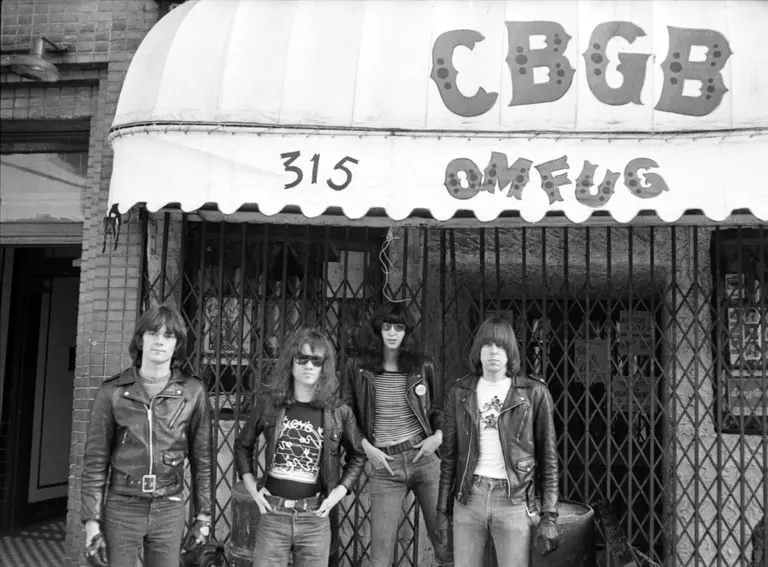
The Ramones outside of CBGB, photo via CBGB
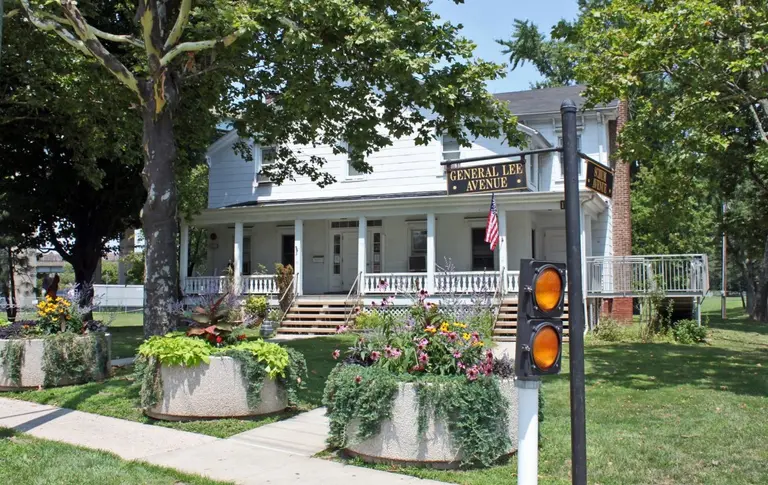
General Lee Avenue and Robert E. Lee’s former home on Fort Hamilton, via Jeremy Bender/Business Insider

Background image via Andrew Malone/Flickr
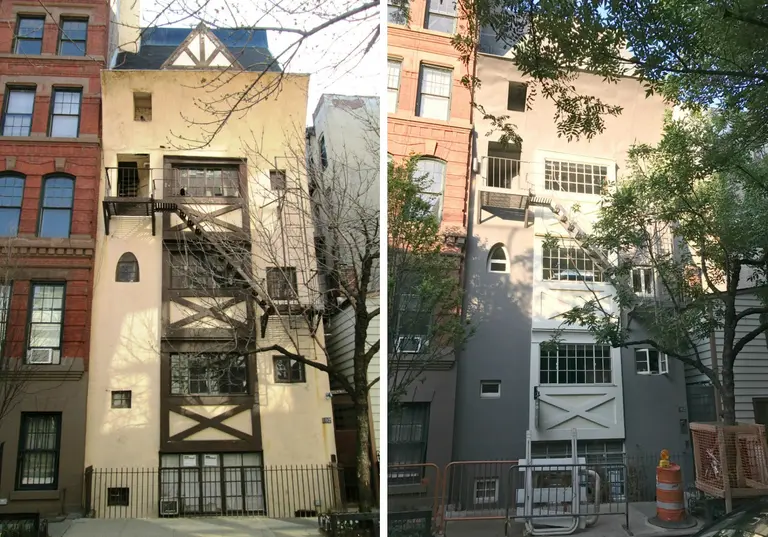
102 Bedford Street in 2015 (left) via Wiki Commons, and as of today, via GVSHP

General Lee Avenue and Robert E. Lee’s former home on Fort Hamilton, via Jeremy Bender/Business Insider

Via Stephiejeanne on Pixabay and Steve Jurvetson on Flickr
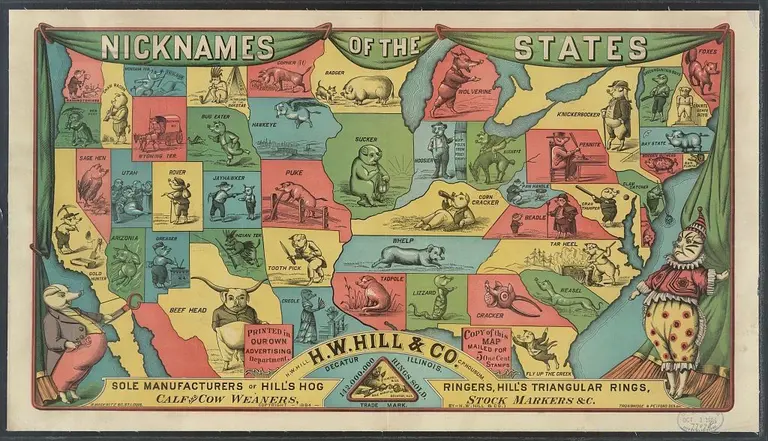
Image: Library of Congress
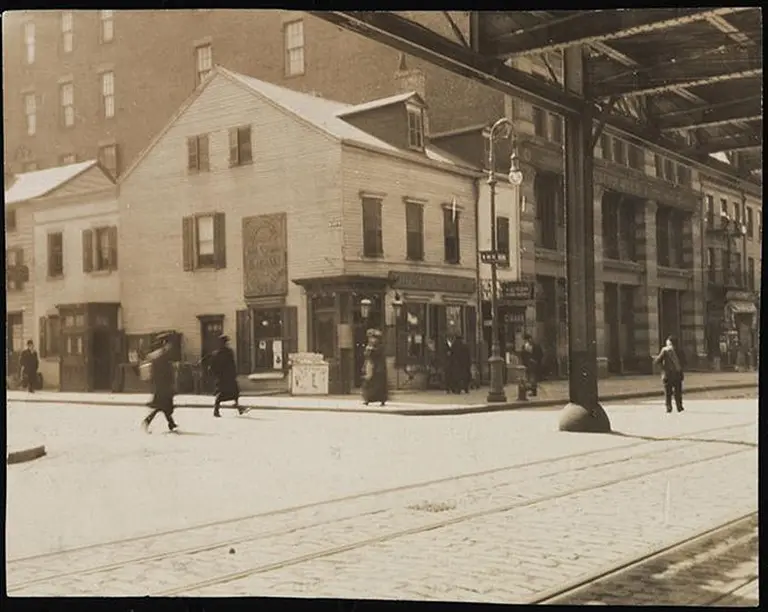
6th Avenue and 11th Street, 1905. Image via Ephemeral New York,
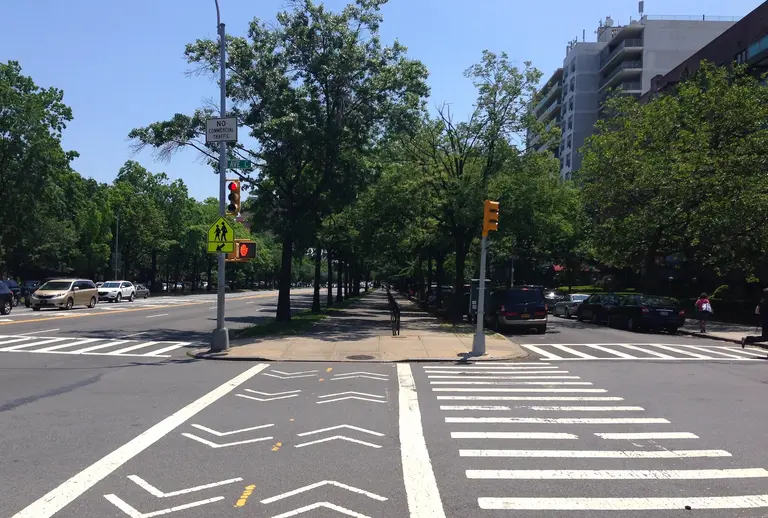
Photo by Kai Brinker on Flickr
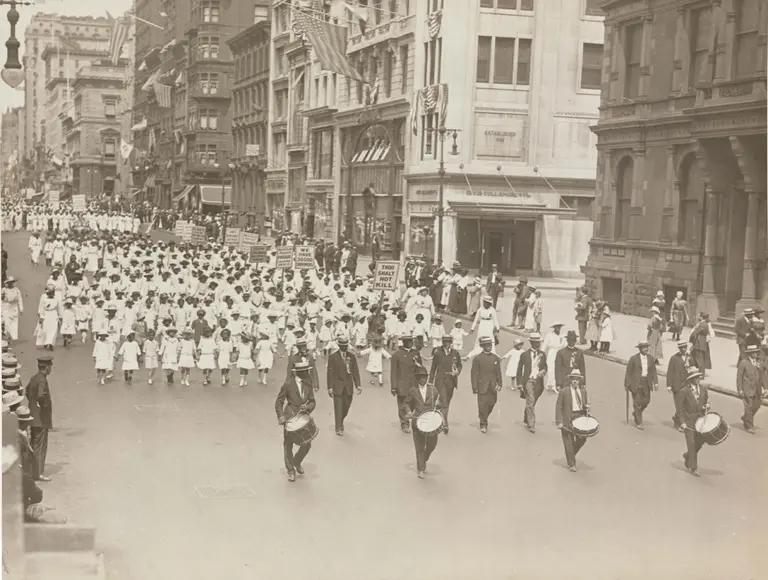
Photo courtesy of James Weldon Johnson Memorial Collection of African American Arts and Letters, Yale Collection of American Literature, Beinecke Rare Book and Manuscript Library
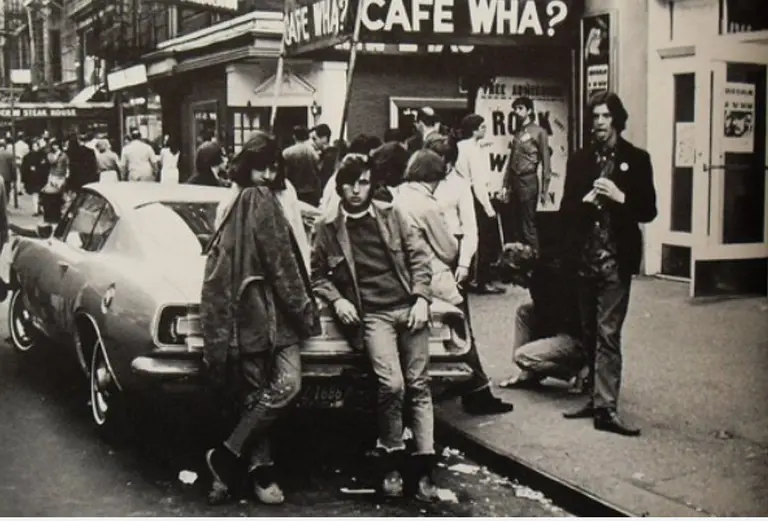
Greenwich Village Bohemians outside Cafe Wha in the 1960s, via Vintage Everyday
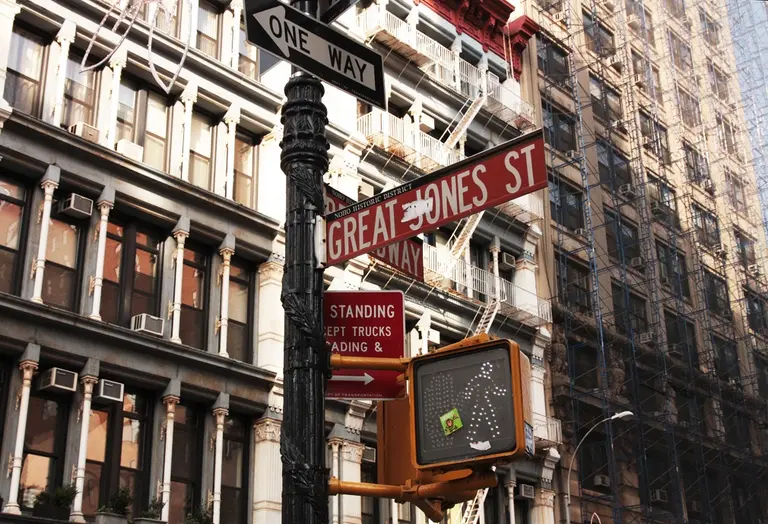
Photo via Wiki Commons
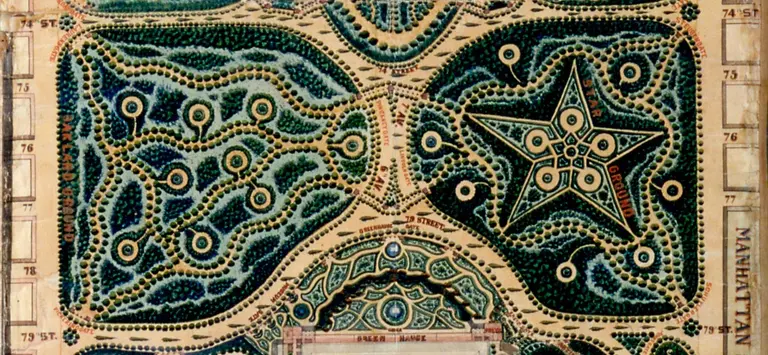
John Rink’s rejected design proposal for Central Park, via NY Historical Society

Photo courtesy of Gregory Fournier
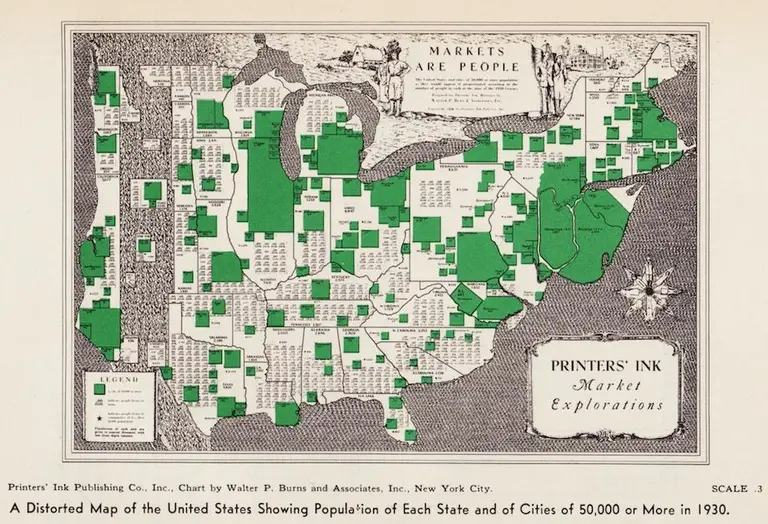
Map of U.S. with population of each state and of cities of 50,000+(Printers’ Ink Publishing Co., Inc., Chart by Walter P. Burns and Associates, Inc., New York City)